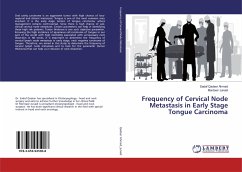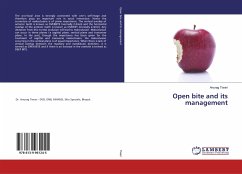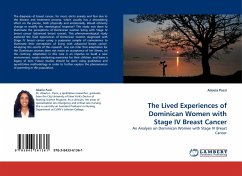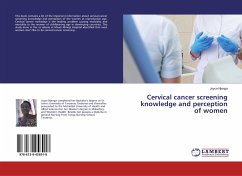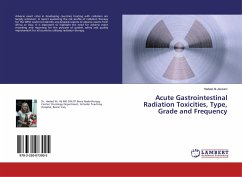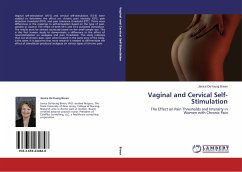Oral cavity carcinoma is an aggressive tumor with high chance of loco-regional and distant metastasis. Tongue is one of the most common area involved. It is the early stage tumors of tongue carcinoma, where management remains controversial. Since there is high chance of sub-clinical cervical node metastasis. Certain parameters can help in identifying these high risk patients. Tumor thickness is one such objective parameter. Knowing the high incidence of squamous cell carcinoma of tongue in our part of the world with high morbidity associated with unnecessary neck dissection in N0 necks, it is important to determine the frequency of cervical lymph node metastasis in early stage, neck negative carcinoma of tongue. Therefore, we aimed in this study to determine the frequency of cervical lymph node metastasis and to look for the parameter (tumor thickness) that can help us in decision of neck dissection.
Bitte wählen Sie Ihr Anliegen aus.
Rechnungen
Retourenschein anfordern
Bestellstatus
Storno

